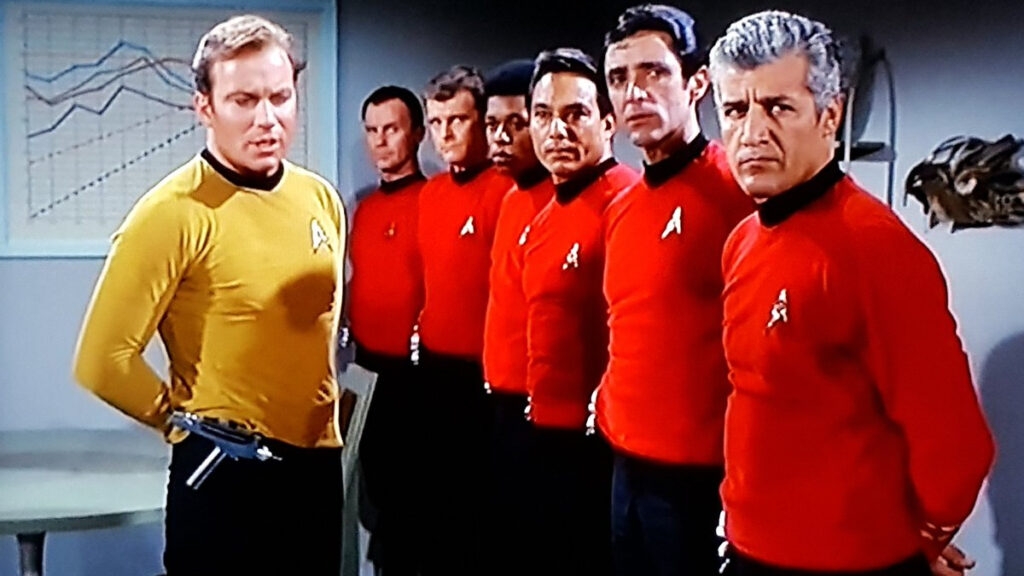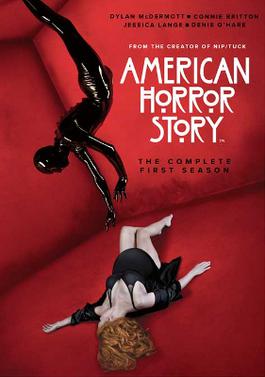Since I started screenwriting in 2018, I find the misuse of tropes and stereotypes are common. And no, I’m not being politically correct here.
What are Tropes?
Tropes are literary devices. I’m aware that the vast majority of screenwriters aren’t thinking in literary terms. Most are thinking of selling a script. Which is fair. However, substituting stereotypes for tropes is just plain wrong.
In screenwriting or filmmaking terms, tropes support the theme of the film. Sure, a character could represent a trope. Or it could be a sunset. Either way, tropes have nothing to do with stereotypes.
Here’s a list of character tropes.
Are there more tropes? Probably. I doubt I could list all tropes in one article.
What are Stereotypes?
Simply put, stereotypes cause social harm. Rooted in ignorance, stereotypes promote false assumptions.
I’d give a list of examples, but this article would become the size of a novel. It’s sad. We don’t live in a perfect world.
So, I’ll just recommend reading this article for an accurate list if you want to better understand stereotypes.
If you already know, ignore, and please keep reading.
What are Stock Characters?
This is where the line seems to blur. Stock characters are a specific yet general type of character. The Redshirt, the absent-minded professor, the chosen one.

Actually, it’s a long list. However, I found this article that lists all stock characters.
There’s nothing wrong with stock characters. We all use them. Whether as a main character or an extra. However, it is disturbing to see how many screenwriters assume that stock characters are an excuse to write racism, ableism, homophobia, and the list goes on.
Stock characters are not personified stereotypes. This seems so obvious to me, but it’s commonly misunderstood by screenwriters. Not all screenwriters, mind you, but, well, a lot.
Tropes and Stereotype in Film
I’m including all films. Short films, feature, TV, everything. I’ve seen racist and homophobic films. I’ve seen all kinds of crap. It always makes me cringe. However, for this article, I’ll use disability as an example.
It appears that including disabled characters often gets misinterpreted as showing a character as a cartoon. Like the little wheelchair logo. We all know that one. It’s a symbol, used to represent accessibility. Such as parking.

Yet, the so-called representation is typically a stereotype, and not a trope at all. In fact, when it comes to diversity of any kind, I find it’s rare to give diverse characters a chance to be a trope. Maybe that character in a wheelchair could be an absent-minded professor, for example. Or, a girl with Down’s syndrome is a damsel, held captive by an evil witch.
Wait, the latter has been done, and done well. See American Horror Story, season 1, for reference. In fact, AHS is a great example of how to handle a variety of tropes without any stereotypes. Unfortunately, it’s also a rare example.

Anyway, I’m getting off track.
What Can We Do to Stop Using Stereotypes as Tropes?
Awareness. How do we provide awareness? Experience. Consider all screenwriting as an experience that you want to share with others.
Do you have examples of positive tropes that aren’t stereotypes? Send me the love.
Views: 353
